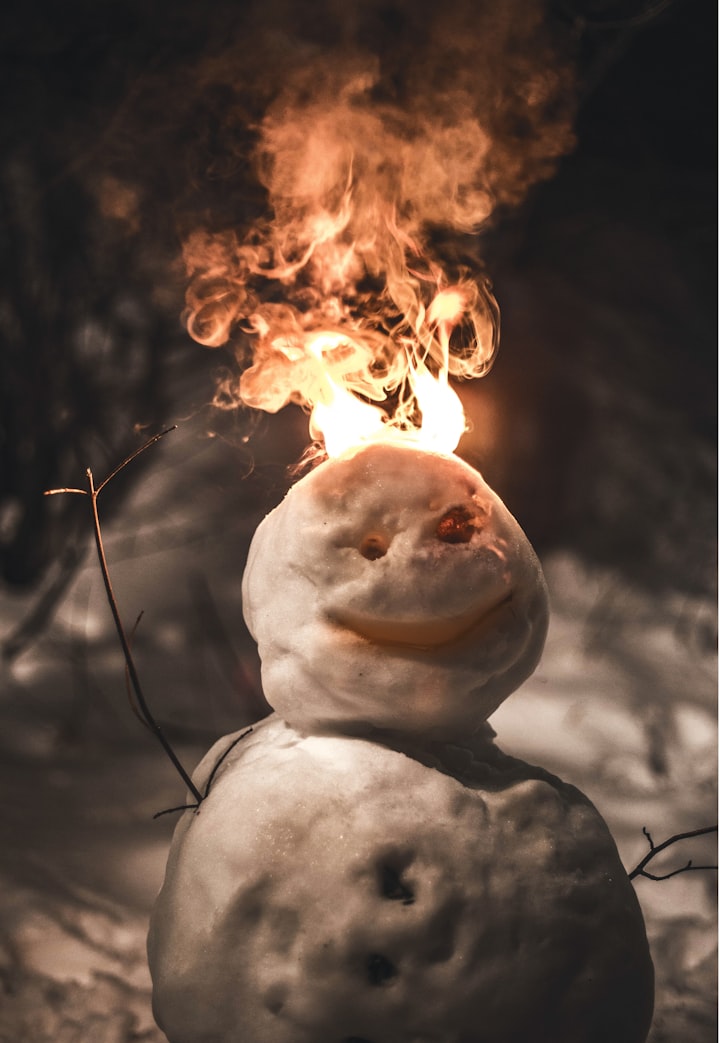Close Encounters of the Spielberg Kind
When one scene taught me the language of film

By the time I was eleven years old, in 1978, I, like most people who had been watching TV and movies since they could remember, was very familiar with the language of film. I didn’t know it was called “the language of film” until I took Film Studies courses in college, but I was already fluent in it by then.
It’s the stuff you have to explain to very small children. Like “We didn’t see him go into the house, but he did. We saw him walk to the door, then he was in the house. It’s called a cut’”. Or, “You can’t see her shoes, because we just see her face now. It’s called a close up.”
It’s amazing how much we who grew up with “moving pictures” know the language by immersion, and understand it well before most of us learn to read.
Just look at how much happens in this scene from the 1939 MGM classic, The Wizard of Oz staring the legendary Judy Garland. It is a little over two minutes long, and yet look at all that happens in it, and how many cuts there are!
Any child who saw this on TV, or in a movie theater if they were lucky, knew those shoes and feet were attached to Dorothy. Yet, in the first days of the silent film era, audiences might have been confused.
Think about it. How many times in real life do you see human feet standing or walking around unattached to human bodies? And yet it is a common “word” in film language. I knew this by age five.
And I was an even more savvy movie watcher than most kids my age, because my dad was a theatrical director. For most of the time I was growing up, he was the Artistic Director of one regional theater or another, so I thought I knew everything about show business.
I knew the people on Sesame Street were actors. I knew, even when I was of Kindergarten age, that they had rehearsed every interaction I saw on that show, and that their names were probably not their real names. (Except, Bob’s was. RIP, Bob McGrath.)
I thought movie directors’ only job was to tell the actors what to do and say, and how to do and say it, like in this still funny scene from the TV show that taught me to read, PBS’s The Electric Company:
Yes, that’s Rita Moreno playing the director, and Morgan Freeman as the sign holder! My parents once acted in a show in New York City with Skip Hinnant, who plays the groovy looking actor wearing sunglasses.
To me, movies were just plays in front of a camera. I knew about cuts and close ups the way a child knows about subject verb agreement. I couldn’t name them, but I understood them.
But the only real directors I watched were directing plays to be presented on a stage. The camera had nothing to do with the action or the words of the play. Live theater is beautiful art, but it speaks a different language than film. I did not understand this as a child.
Until one afternoon in 1978, when my dad took me to a movie theater to see the most talked about outer-space sensation since the original Star Wars film,(now renamed Star Wars, Episode Four, A New Hope), had premiered a few months before Close Encounters of the Third Kind, released by Columbia pictures.
I really wanted to see "Close Encounters". I had seen mysterious, dimly lit commercials like the one below, for weeks:
Notice they don’t even mention the film’s director, Steven Spielberg, in this trailer, though he was already famous for directing Jaws two years before this. It was rare to advertise films by mentioning their directors back then, unless they were Alfred Hitchcock or Woody Allen.
I don’t think I’d heard the name “Steven Spielberg”, and I hadn’t seen Jaws yet except for maybe a few scenes on TV, but I really wanted to see this new movie about space aliens.
So there were me and my dad in a dark movie theater one afternoon in 1978, watching Richard Dreyfuss as character Roy, a lineman going to see about a power outage in his truck one night.
Here is the scene that changed how I looked at films and filmmakers forever. Keep your eyes on the car headlights behind Roy.
My dad’s low chuckle as the second set of lights go up, rather than around the truck meant he saw exactly what I just saw. Dad was not reacting to Roy. Roy was just sitting there looking at his map and talking to himself.
It was as clear as day to me, all of a sudden, as bright as the lights that eventually illuminate the inside of Roy’s truck…
Roy wasn’t seeing the lights ascend into the sky. Only we, the audience, were seeing this. This was a message from the director right to us!
Steven Spielberg was talking to us with the camera. I didn’t know about cinematographers back then, but I knew this was Spielberg’s idea, to show us, the audience, the spaceship lights before the only human character in the scene sees them.
Spielberg was showing us art he created. He was talking to us at this moment using only the language of visual filmmaking.
How did Spielberg learn to disregard the advice of the Wizard of Oz to “Pay no attention to that man behind the curtain”, and learn to be the man behind the camera? According to his 2022 semi-autobiographical film The Fabelmans, he saw a scene in 1952 ‘s The Greatest Show on Earth of a train crash when he was about six years old.
In The Fabelmans, the boy representing young Steven tries to recreate the crash with his toy train set over and over. His mother gives him a silent film camera so he can film the train crash once, and then watch his film as often as he wants to.
My first uses of film language involved my own silent movie camera and some of my high school friends in the early 1980s, making TV commercial parodies and a version of 1958's The Blob starring my red bean bag chair.
In later years, we switched to making video taped movies, but not very often, as the process was so unwieldy. This was even before camcorders, so we had to lug around a camera, a separate VCR, and a battery called a “power brick” which was the size and weight of a regular brick.
I have wanted to be a filmmaker ever since those days. This dream has not come true for me yet, but I’m glad I understand film language as much as I do, beginning with one scene in one movie I saw when I was eleven years old.
____________________________________________________
This story was originally published on Medium.com.
About the Creator
Rebecca Morton
An older Gen X-er, my childhood was surrounded by theatre people. My adulthood has been surrounded by children, first my students, then my own, and now more students! You can also find me on Medium here: https://medium.com/@becklesjm
Reader insights
Outstanding
Excellent work. Looking forward to reading more!
Top insights
Easy to read and follow
Well-structured & engaging content
Heartfelt and relatable
The story invoked strong personal emotions
On-point and relevant
Writing reflected the title & theme






Comments (1)
Spielberg said this is the one film he would save for his children if he had to get rid of the rest...and I have to agree. It is very childlike and still reminds me of the first time I looked up and thought about what might be out there!